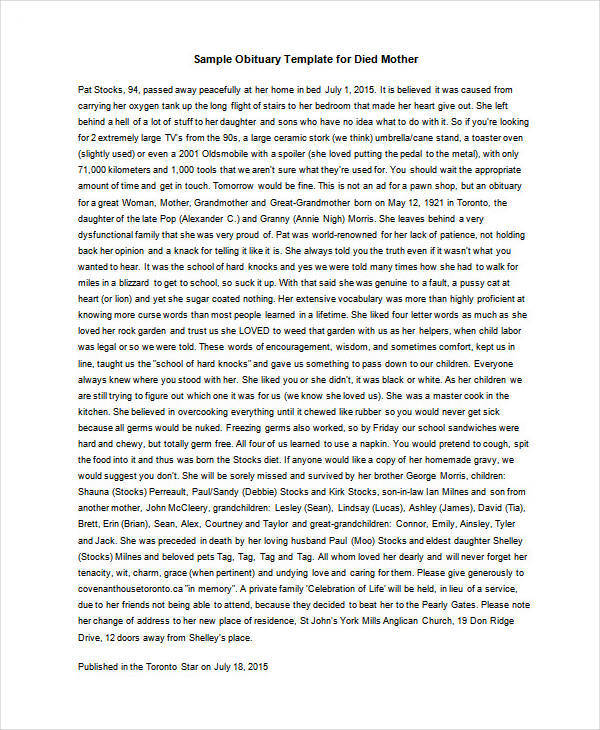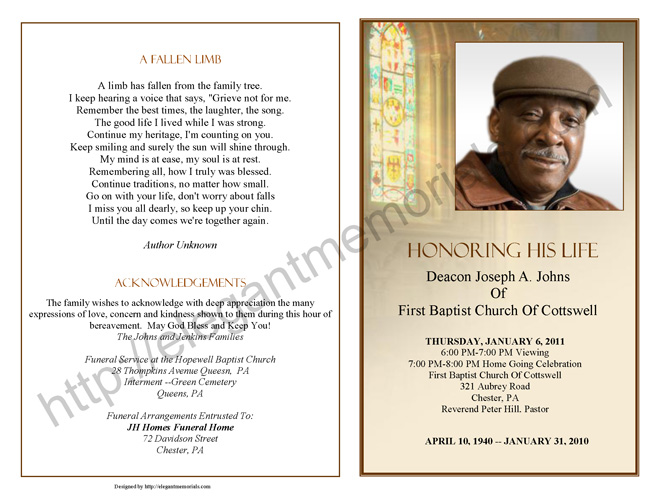
They include information about the child’s life, his or her family members, and any lasting legacy. A family member or close friend usually writes them. Obituaries are a way to tell the story of someone’s life. While a eulogy is read at the funeral, an obituary is published in print or online. It’s not necessary legally when someone dies, but it is often an essential part of the grieving process. On the surface, an obituary is a written announcement of someone’s death. Understanding the difference between eulogy and obituary isn’t always clear. While it might seem straightforward, it’s not uncommon to have confusion about what an obituary is.

Start planning Step 1: Understand What an Obituary Is For help prioritizing the rest, check out our post-loss checklist. Tip: Writing an obituary is just one of the difficult tasks you're left to face when you lose a child. In this guide, we’ll share the steps involved with writing a child’s obituary as well as some examples. When accompanied by the powerful emotions of a child’s death, it’s okay to ask for help when you need it. Child, Baby, or Toddler Obituary Examplesīecause this isn’t something most people do often, feeling intimidated about how to write an obituary is a standard part of this process.Step 3: Find your Platforms or Publications.


Step 2: Decide Who Will Write the Obituary.In the case of children, the obituary is a way to honor their memory while also inviting others to keep the family in their thoughts. How do you express the right feelings and words when writing the obituary? An obituary is a public announcement of the death, typically accompanied by a brief life story of the deceased. Handling the death of a child is one of the most difficult things to experience. As an Amazon Associate, we earn from qualifying purchases. We also may earn commission from purchases made through affiliate links.

We follow a strict editorial process to provide you with the best content possible.


 0 kommentar(er)
0 kommentar(er)
